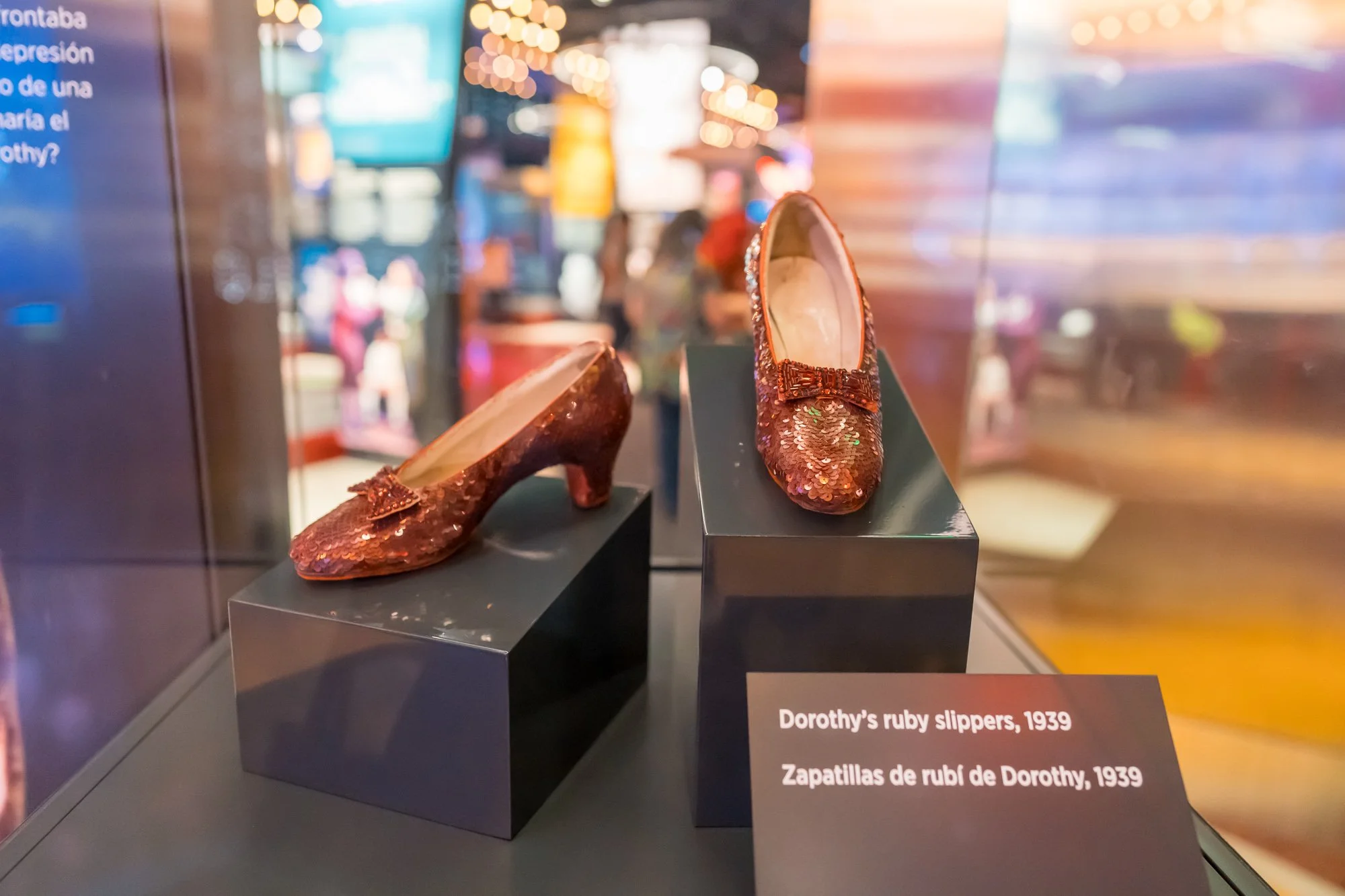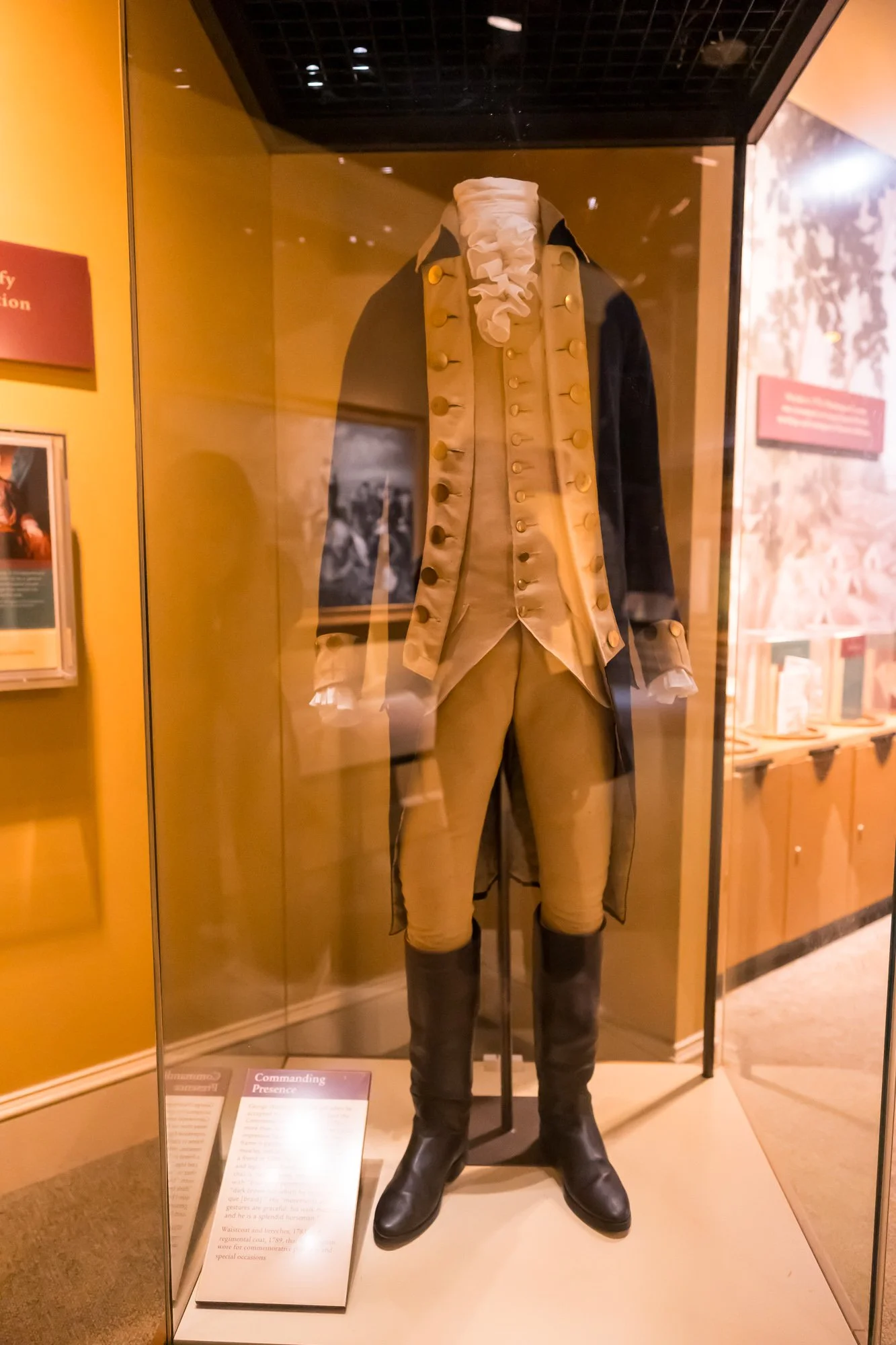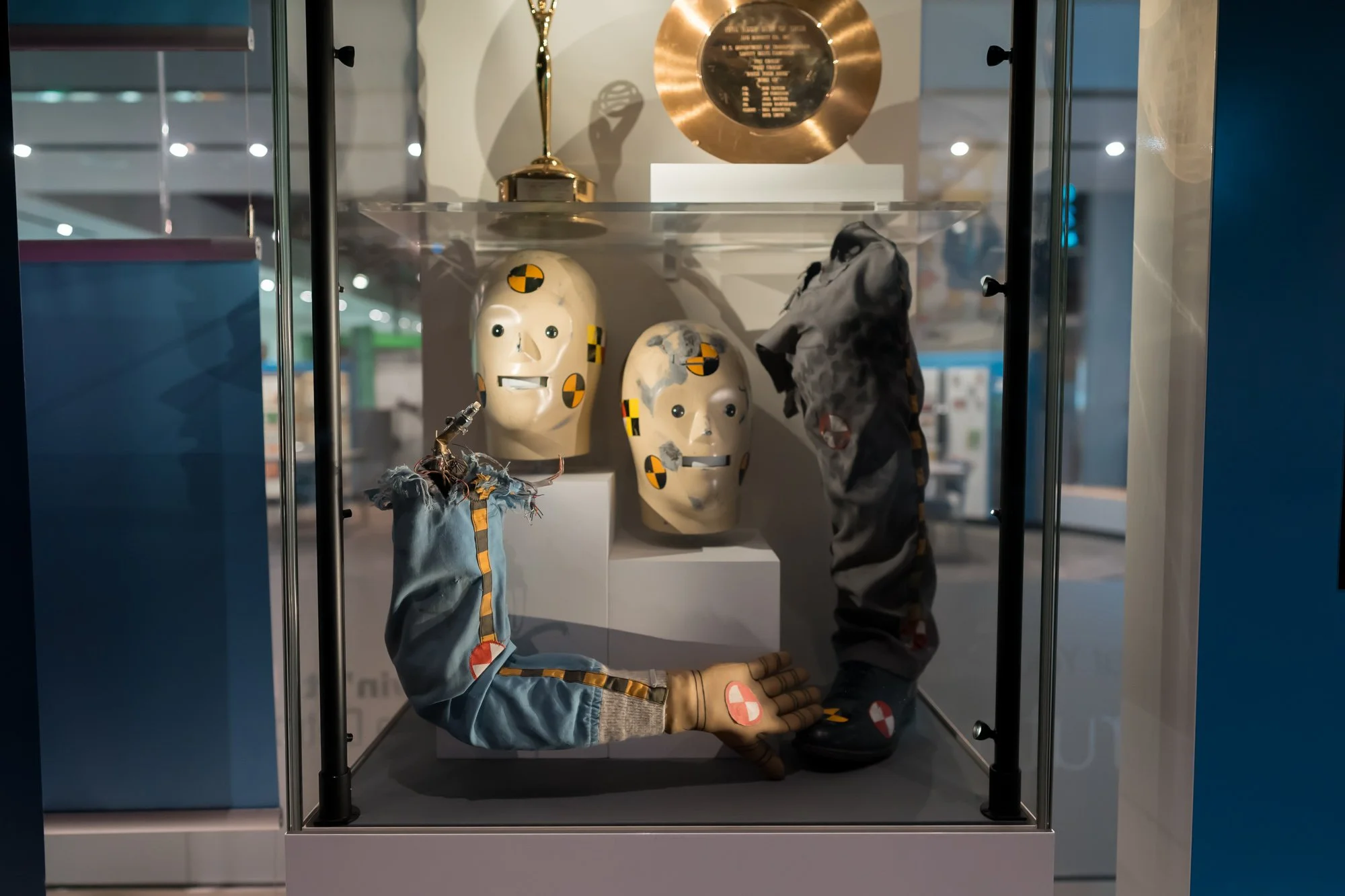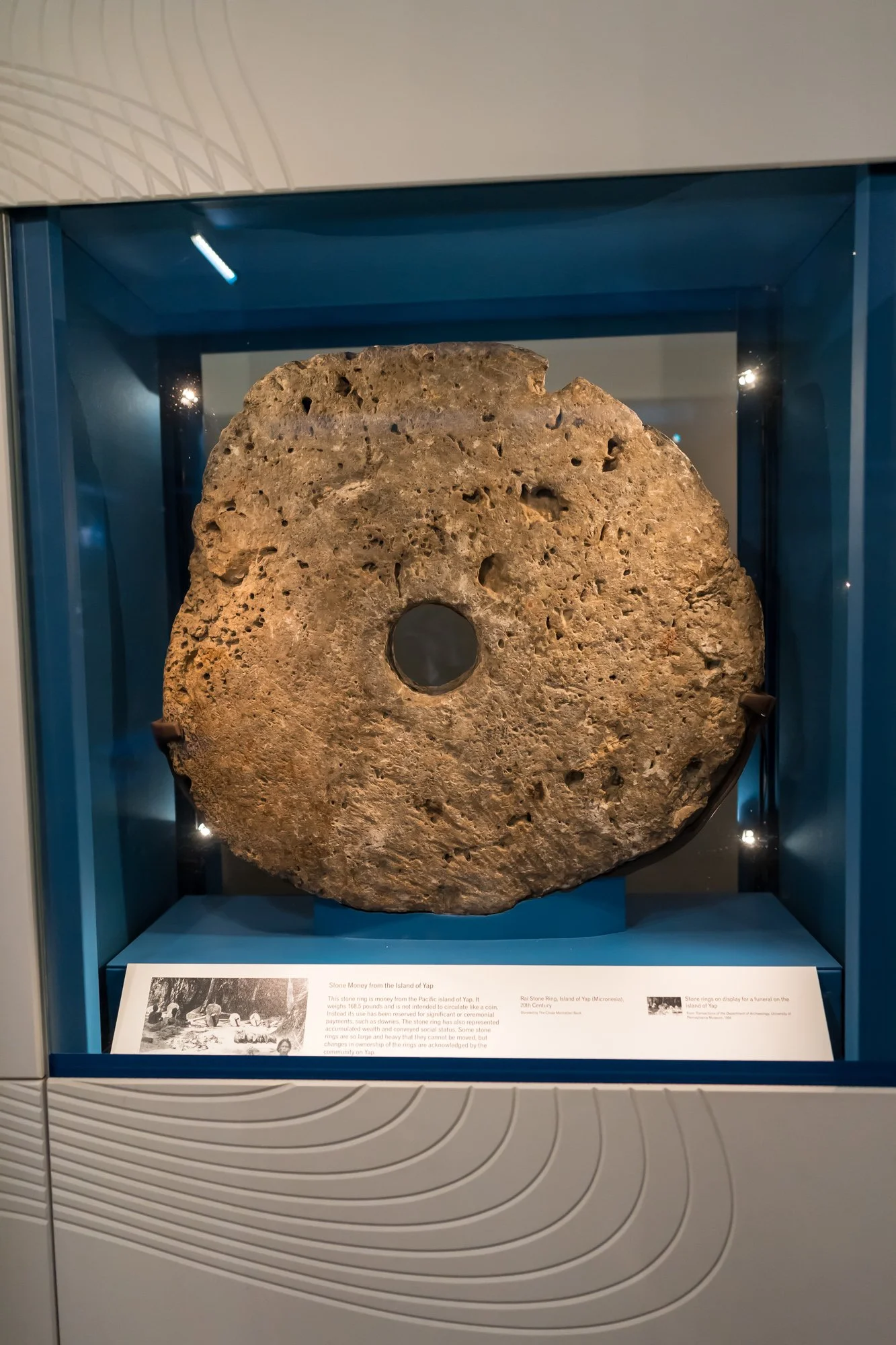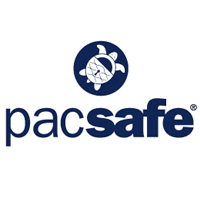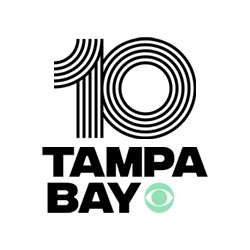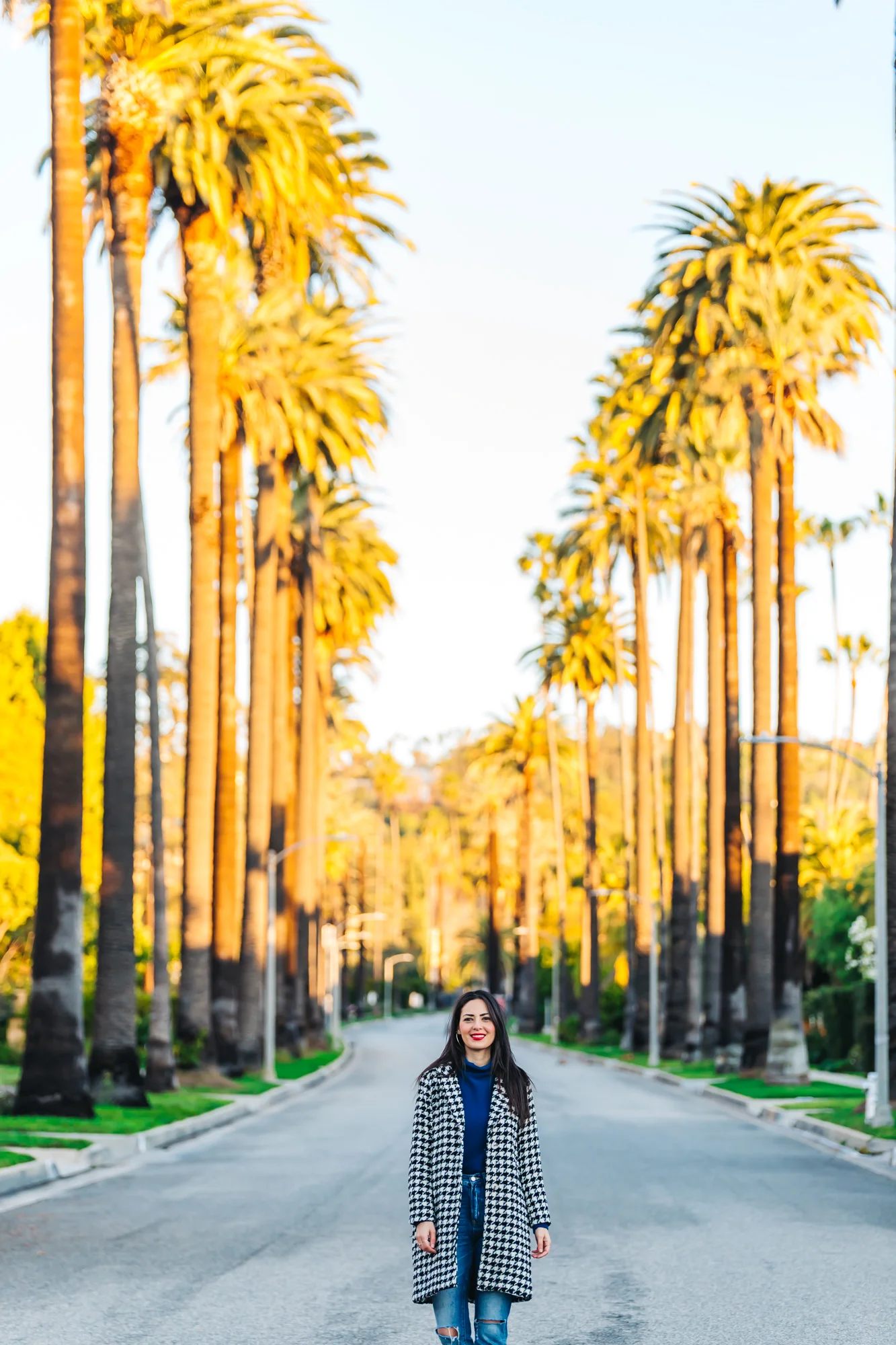18 Iconic Things You Must See at the Smithsonian National Museum of American History in DC
/This post contains affiliate links, which means that at no additional cost to you if you click on one of the product links, we may earn a commission. As Amazon Associates, we earn from qualifying purchases.
The older we get, the more we love museums. There's something about immersing ourselves in history and learning about the past that captivates us. The Smithsonian National Museum of American History in Washington D.C. is one of the best museums we’ve been to encapsulating the essence of American history and culture, housing an impressive collection that spans centuries.
As avid museum-goers, we've had the privilege of exploring this treasure trove and uncovering its hidden gems. So, if you find yourself wandering through the streets of the nation's capital, here's a curated list of must-see iconic items that should be at the top of your itinerary.
1. The Original Star-Spangled Banner
The very first thing you’ll see when you walk into the American History Museum is a dazzling Star-Spangled Banner art piece. Behind the wall is where you can view the original American flag that inspired Francis Scott Key to write the Star Spangled Banner national anthem.
It is the centerpiece of the museum and one of the Smithsonian’s most treasured items. It’s enclosed in a large glass display and kept in a dark environment to preserve it. When we saw the flag up close, we were surprised at how big the flag was. The original size is 30 feet by 42 feet and the current size is 30 feet by 34 feet.
Keep in mind that you are not allowed to use your camera to take pictures or videos. We took these pictures with our phones.
Star Spangled Banner Entrance
Original Star Spangled Banner
2. Thomas Jefferson’s Desk
It’s hard to grasp the fact that we were looking at the actual original desk Thomas Jefferson wrote the Declaration of Independence back in 1776. I always tend to think that these artifacts are replicas at museums, but nope, these are the real deal from America’s history.
This desk stayed with Jefferson most of his life until November 14, 1825, when he gifted his “writing box” to his granddaughter’s husband, Joseph Coolidge. In April 1880, the Coolidge family donated the desk to the U.S. government and then it was transferred to the Smithsonian in 1921.
Thomas Jefferson’s Desk
3. Gear-and-Lever Voting Machine
We never thought about how voting was done in the past, so we were surprised to see this huge complicated-looking thing that used to be a voting booth. It was invented in the late 1890s by Alfred J. Gillespie and it was a big deal because it revolutionized the voting process.
The machine could maintain a continuous tally, thus expediting the reporting of results. Moreover, to safeguard against any potential manipulation, officials could secure the booth after voting concluded, ensuring its integrity and preventing any tampering attempts.
Vintage Voting Booth
Protester Signs
4. Dorothy’s Ruby Slippers
Dorothy’s Ruby Slippers are one of the most popular items that everyone wants to see when they visit this museum. The Ruby Slippers were made famous by Dorothy Gale, a character in the 1939 film, The Wizard of Oz, played by Judy Garland.
There were several pairs of the Ruby Slippers made for the movie and the pair at this museum is actually mismatched. Interestingly, they recently found the matching pairs in another museum.
Dorothy’s Ruby Slippers
5. R2-D2 and C-3PO Costumes from Return of the Jedi, 1983
Everyone knows the Star Wars films, and it's impossible to imagine the franchise without the beloved droids, R2-D2 and C-3PO. These iconic characters have captured the hearts of fans all around the world. Now, imagine the thrill of seeing their costumes up close and personal at the museum. The costumes on display are from the legendary film, Return of the Jedi, which was released in 1983.
R2-D2 and C-3PO
6. Ali Wong’s Dress from Baby Cobra, 2016
We love Ali Wong and were thrilled to see her iconic dress from her 2016 stand-up special, Baby Cobra, on display. She wore the black and white dress when she was seven months pregnant and it became a popular choice for Halloween costumes that year.
Fun fact: She purchased this dress from H&M for a mere $8.
Ali Wong’s Striped Dress
Ali Wong’s Baby Cobra Dress on Display
7. Kristi Yamaguchi’s Skates, 1990s
It’s inspiring to watch any Olympic sport, but we especially love watching the ice skating event and remember Kristi Yamaguchi well from the 1990s. Yamaguchi, a native Californian, became the first Asian American woman to win the Olympic gold medal in figure skating in 1992.
The ice skates on display are signed by Yamaguchi and are from the “Stars on Ice” tour she was a part of from 1992 - 2002.
Kristi Yamaguchi’s Ice Skates
8. Costume from Xena: Warrior Princess, 1995 - 2001
Xena: Warrior Princess (1995-2001) instantly captivated audiences as one of the most beloved syndicated dramas on American television. Its groundbreaking success not only entertained viewers but also ignited a transformational shift in American popular culture, paving the way for a new generation of dynamic and resilient female action-adventure heroes.
Portrayed by the talented actress, Lucy Lawless, the iconic character of Xena captivated audiences worldwide. The show graced television screens in over 100 countries and if you grew up around this time, you would instantly recognize that this costume is from Xena.
Xena Costume
Xena and Gabrielle Costumes
9. Mr. Rogers’ Sweater and Shoes, 1980
Growing up, we’ve probably only watched one or two episodes of Mister Rogers' Neighborhood (PBS, 1968-2001), but we recognized that the red cardigan and blue shoes were what Mr. Rogers wore every single time. We also knew the opening line of his intro song, "Won't you be my neighbor?", because it was so iconic. His show, with its friendly conversational style and trips to the Neighborhood of Make-Believe, encouraged young viewers to feel loved, respected, and special.
Mr. Roger’s Iconic Cardigan
10. The First Ladies Collection
This was by far our favorite section in the museum. We probably spent the most time here examining all the dresses, designs, and history of the First Ladies’ Collection. It was fascinating to see the style of dresses change over time and even though many years have passed, these dresses were still stunning.
The exhibit gives a brief description of each First Lady and interestingly, we learned that each First Lady designed their own set of White House China as well.
For over a century, the First Ladies Collection at the Smithsonian has continued to draw in crowds, making it one of the most popular attractions. With close to 1,000 objects on display, encompassing everything from inaugural gowns to personal effects, furniture, and White House ephemera, this collection serves as a comprehensive documentation of the activities and contributions of America's esteemed First Ladies.
Lady Bird Johnson’s White House China
11. Abraham Lincoln’s Hat
At an impressive height of six feet four inches, Lincoln truly stood head and shoulders above his peers. He chose to stand out even more by donning high-top hats that enhanced his commanding presence. The hat on display was crafted by J. Y. Davis, a renowned Washington hat maker.
To honor the memory of his beloved son Willie, Lincoln added a black silk mourning band to the timeless black silk hat. The last time he put it on was on that fateful evening of April 14, 1865, as he made his way to Ford's Theatre.
Abraham Lincoln’s Original Hat
12. George Washington’s Red Wing Chair
George Washington used this regal chair, adorned with intricate carvings, in the bedroom of his stately home at Mount Vernon until his death on December 14, 1799. We were impressed with how pristine it looked, but after reading the description, we learned that the upholstery was not original.
George Washington’s Red Wing Chair
13. Gunboat Philadelphia
In October 1776, a pivotal moment in American history unfolded as American troops, with their makeshift array of recently constructed boats, found themselves confronted by a formidable line of British ships on the waters of Lake Champlain in New York. During the battle, the American vessel known as the Philadelphia succumbed to the depths of the lake, where it lay undisturbed until 1935.
Miraculously, in that year, the Philadelphia and its remarkable remnants were triumphantly salvaged, its historical significance preserved. Eventually finding its way to the museum in 1964, this extraordinary artifact resurfaced complete with the weighty 24-pound ball that had delivered the final blow, sending the gunboat to the bottom of the lake.
Gunboat Philadelphia
14. George Washington’s Uniform
This uniform was worn by George Washington from 1789 until he died in 1799. Washington often posed for life portraits and frequently wore this uniform. Looking at the display, we realized just how tall Washington was at 6 feet 2 inches (187 cm).
Initially, I thought that was very tall for that time, but according to a study, research has shown that in the Revolutionary era, the average height of American men was 5 feet 8 inches, only an inch shorter than today's average.
George Washington’s Original Uniform
Information about Washington’s Commanding Presence
15. Berlin Wall Fragment
From 1961 to 1989, the Berlin Wall served as a physical barrier and symbol of division. Families, friends, and communities were separated. People who tried to cross from communist East Berlin to democratic West Berlin risked their lives. But in the late 1980s, the communist power in Eastern Europe was weakening, and the people of East Berlin wanted freedom. They started to protest for their rights.
On November 9, 1989, the East German government opened the border again. In their exuberance, people climbed the wall and celebrated by breaking down parts of it with hammers and chisels. International media captured unforgettable images of them crossing, peacefully, into West Berlin. For many, those images mark the end of the Cold War and the victory of democracy over communism.
I visited the Berlin Wall many years ago and learned more about the separation of East and West Berlin. The visit not only opened my eyes to the heart-wrenching tales of East and West Berlin's division but also shed light on the enormous impact that the breakdown of the wall had on the course of history. It was a truly humbling experience that left an indelible mark on my understanding of this pivotal moment in time.
16. Crash-Test Dummies
If you grew up in the 1980s, you’ll definitely know the Crash-Test Dummies. They were promoters of auto safety for 25 years in public service ads. On display at the museum are the original “Vince and Larry” crash-test dummy costumes that appeared in public safety campaigns nationwide from 1985 through 1998.
Crash-Test Dummies
17. Julia Child’s Kitchen
Candy, with her passion for cooking, became a huge fan of Julia Child ever since she saw her documentary and learned the importance of her role in cooking. Julia Child made French cuisine accessible to American audiences and was one of the first women to host her own cooking show on television.
To her delight, the American History Museum had an entire section all about her. Within the Julia Child’s section was the actual kitchen she used in her shows. Only the walls and floor were fabricated by the museum and the bananas and tomatoes are replicas. Everything else was Julia’s and was included in her donation to the museum in 2001.
18. National Numismatic Collection
We just happened to pass by this exhibit after we explored Julia Child’s kitchen. What caught our attention was the variety of historic Japanese coins we would often see portrayed in historic Japanese cartoons and dramas.
The collection showcased a fascinating assortment of monetary and transactional objects from countries across the globe. However, it was the intricacies of Japanese currency that truly intrigued us. Unlike other nations, Japan had once utilized oval and ovoid coins, deviating from the conventional circular shape.
Another interesting and unique form of payment was the huge stone money used on the Island of Yap which weighs 168.5 pounds.
Don’t Miss This
President’s Speech
Inside The American Presidency exhibit, there’s a fun little section where you can test your skills at public speaking as an American president. You get to stand at a podium like a president and pick from three iconic speeches including John F. Kennedy, Ronald Reagan, and Franklin D. Roosevelt.
Once you select your speech, the teleprompter starts scrolling to the left, and on the right screen, you get to see how you’re portrayed. We had a blast mimicking presidents’ classic moves and reciting past iconic speeches.
Crystal has great hand gestures during her speech
Candy not taking her Inaugural Address seriously
SMITHSONIAN NATIONAL MUSEUM OF AMERICAN HISTORY
1300 Constitution Ave. NW (MAP)
Washington, DC 20560
FREE Admission!







